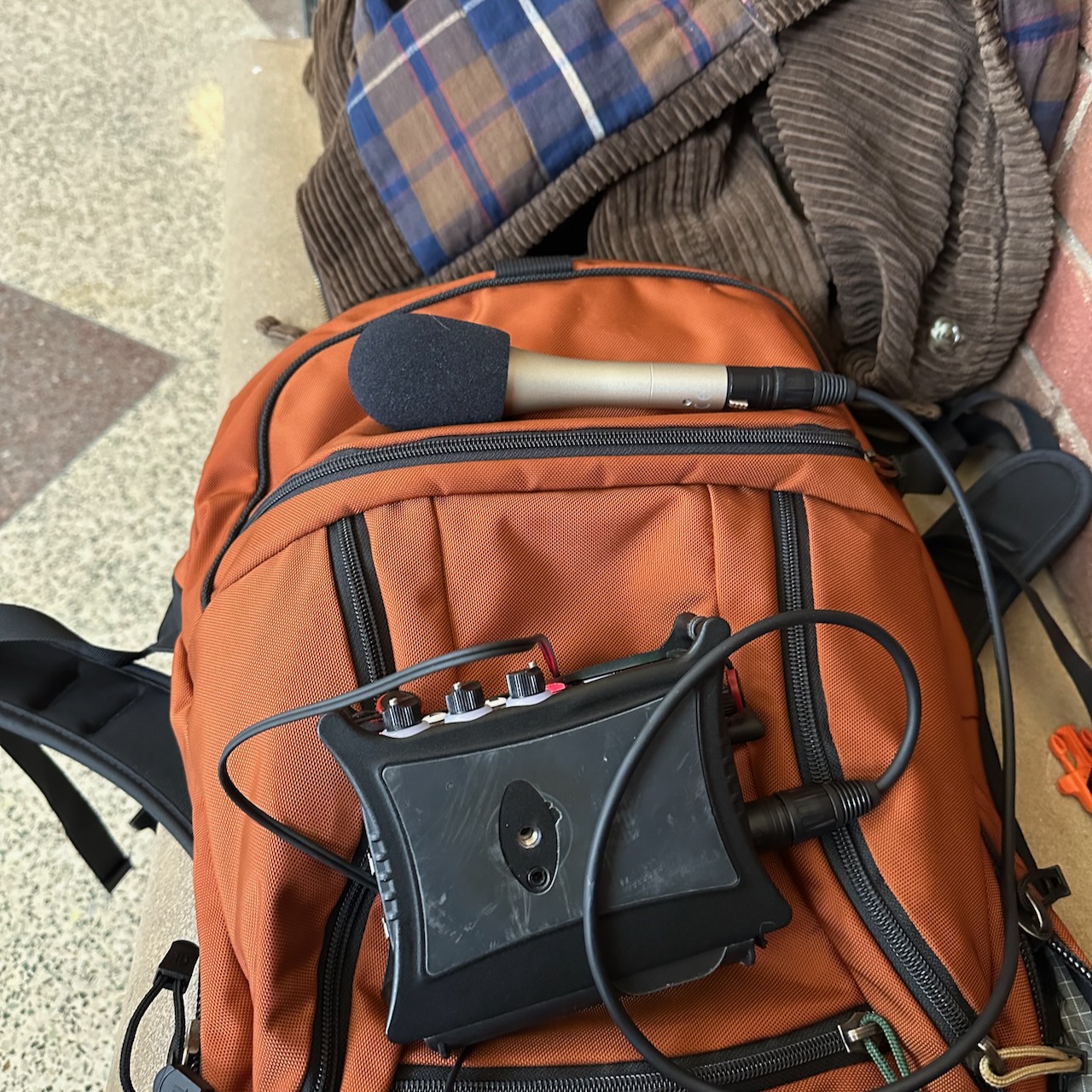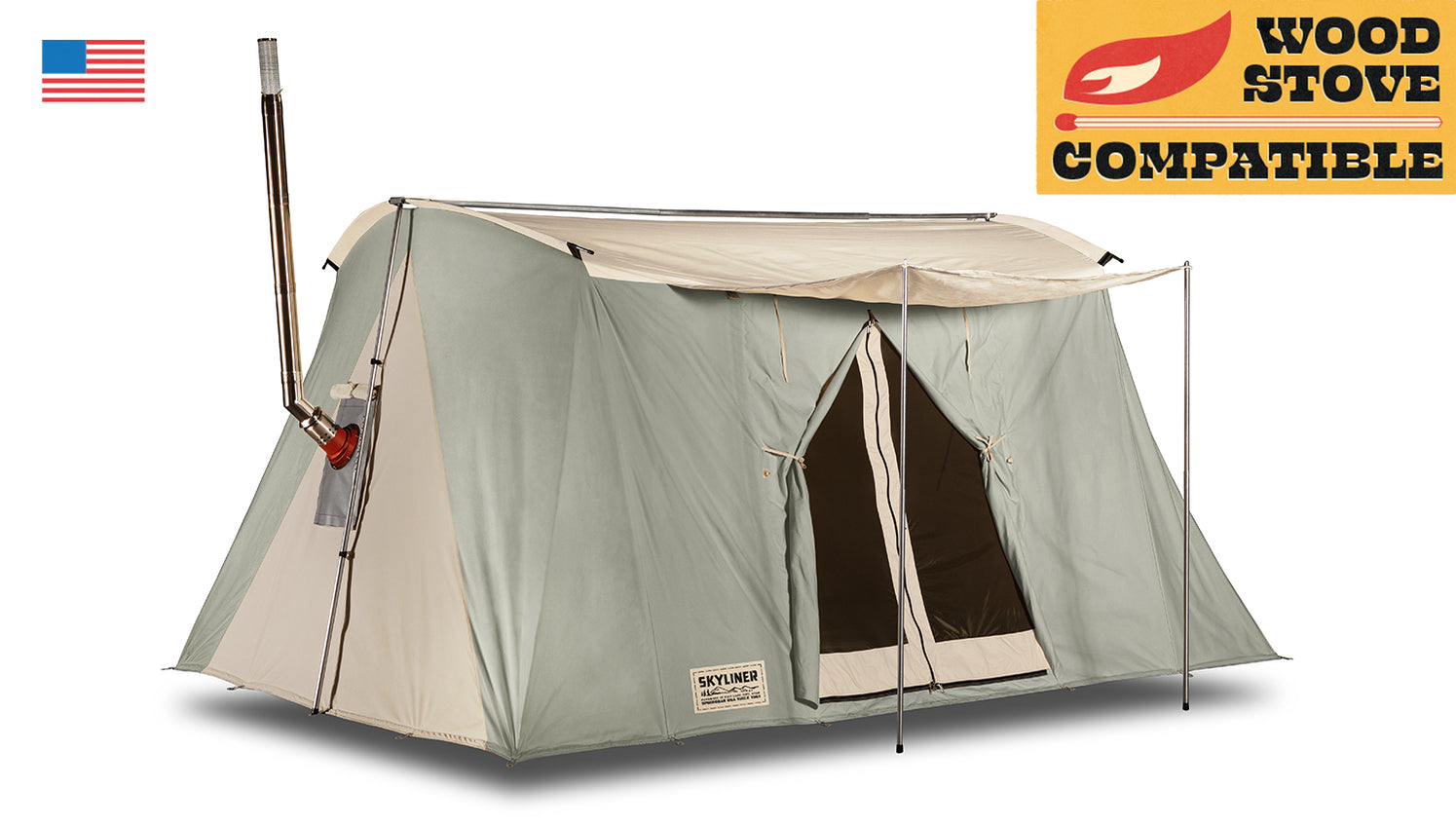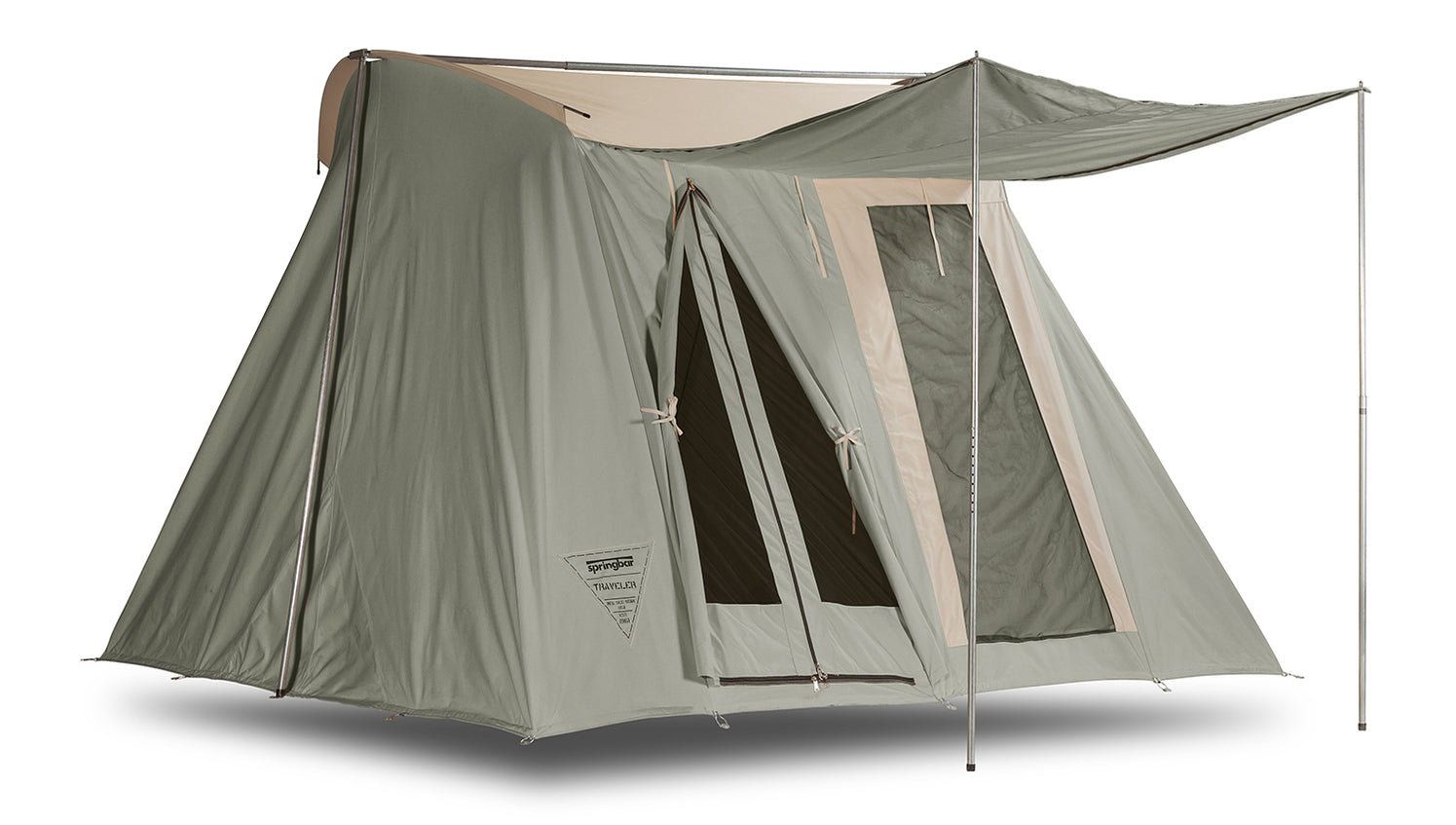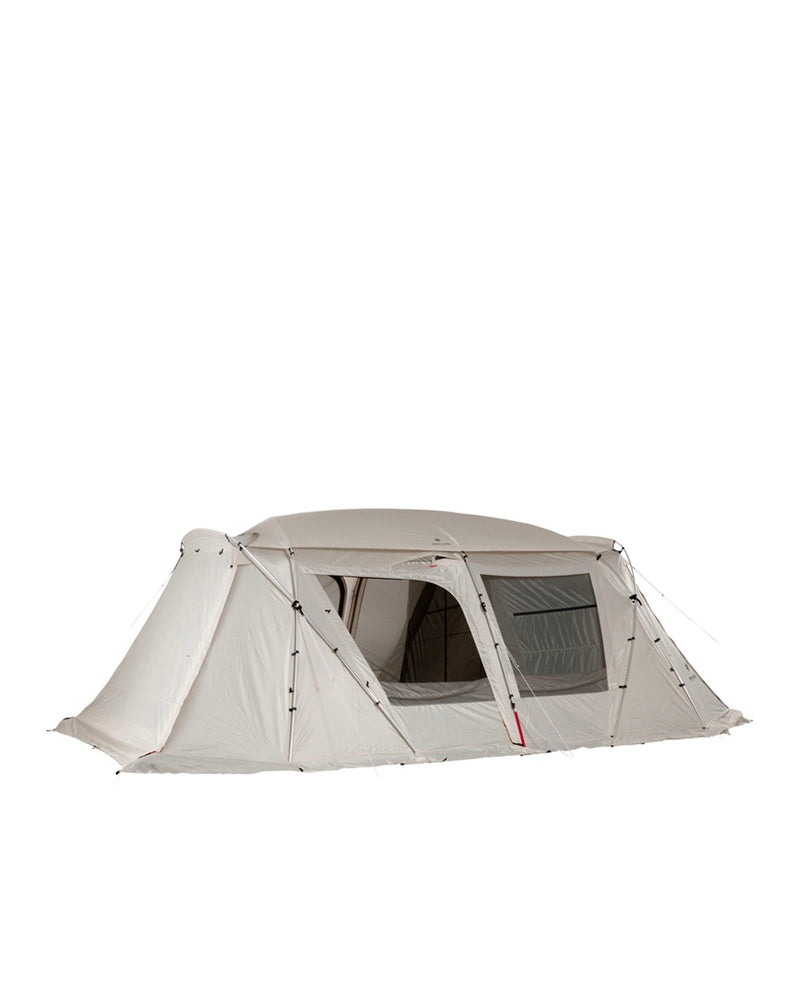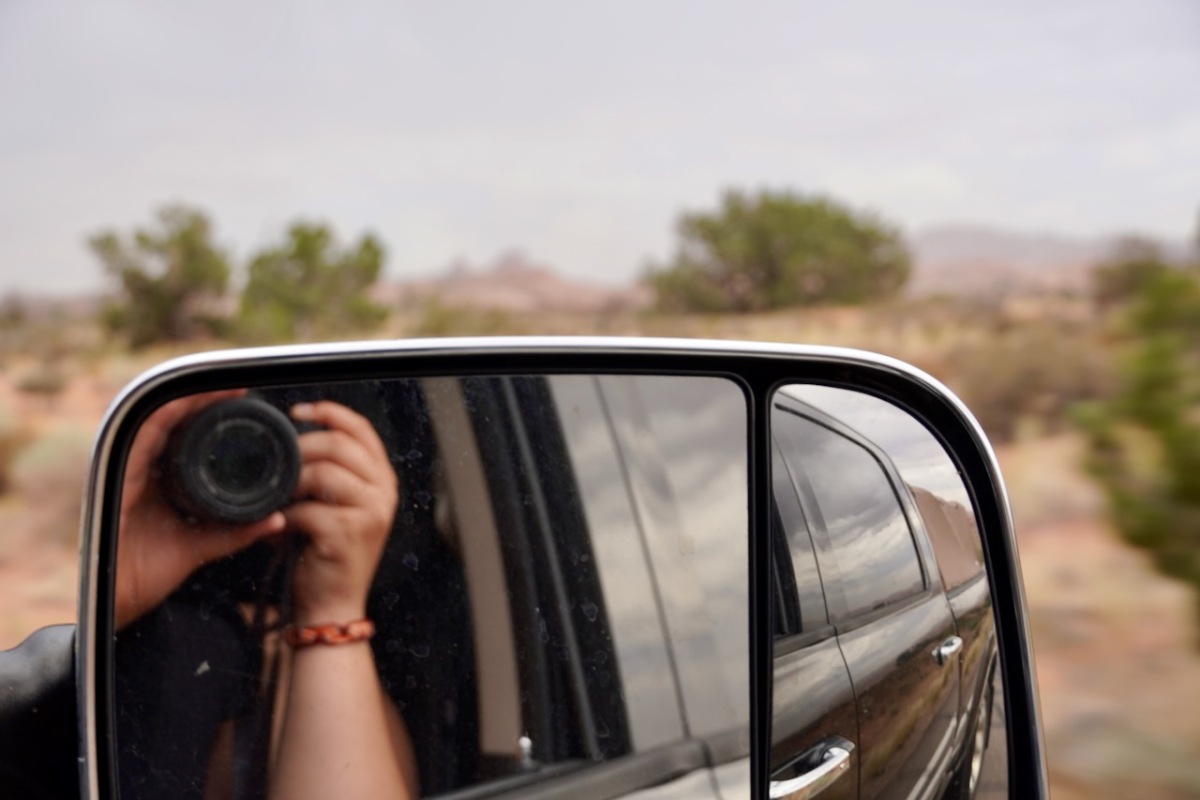As I’ve gotten back into music, I’ve finally figured out why I got out of it.
Streaming sucks. I’m not talking about the quality, or things that disappear, or that so little is paid to the artists, which are all additional reasons it sucks.No, I’m talking about how having everything at my fingertips means all of it loses any meaning.
In the old days when I bought an album, often sight-unheard, I was committed to giving it a listen. I’d just spent money on it, I wanted to get the value. If at first I hated it, I kept listening to it a few more times in the hopes it would grow on me and I wouldn’t regret the purchase. That was a vital part of music listening because it forced me to expand my experience. It also made listening to music more intentional.
With streaming my hedonistic tendency takes over, and I just click next if the first measure or two doesn’t immediately give a dopamine rush. Stupid. The worst kind of wasted time because it’s not enjoyable, and just reinforces the ridiculous expectation that everything has to be awesome or it’s not worth my time that the internet has set.
Not to mention that the mere act of opening a streaming app means getting distracted by everything that is new, in an app that has been very carefully crafted and refined to do exactly that as effectively as possible. Also stupid.
So I’ve gone back to buying music. It’s never been a better time to buy music. Albums cost about what they did 40 years ago. And my place of choice to do my buying is Bandcamp.com. Yes, there is plenty of stuff that isn’t there, but what’s there is mostly proving to be enough, and it seems it’s one of the more equitable ways for artists to distribute their work.
Buy boy howdy it isn’t perfect. Here are some things that would make it much better.
Stop penalizing us for buying the digital version
While I love the idea of physical media, its creation and shipping aren’t good, and neither is storing it after it arrives.
BUT, I feel penalized for buying the digital album because you don’t include the liner notes with digital purchases. Sure, we get the .jpg of the album cover, but what about the other sides? The booklet, if any? Maybe a file with lyrics?
Would you please, please, PLEASE include that stuff in the zip file with the music?
Please make shipping costs more visible
[UPDATE: I’m an idiot. It’s right there on the window where you enter the price. Duh.]
Please make it easier to buy discographies
So my daughters are rabid Odie Leigh fans and I decided that since they are Spotify people if anyone in the family was going to buy Odie’s albums it was going to be me. It was actually not that easy to do – and Odie doesn’t have that much stuff. But there are 16 items on their discography page, many of which are singles. Click on the item, click to buy, enter the price, add to cart…repeat 16 times.
Want to see what I mean? Check out Tommy Emmanuel, or The Flashbulb for a few examples. One click for everything. For CDs it would also be attractive because the shipping could be more efficient if they’re shipping together.
I’ve also run into artists that have changed labels, and there’s stuff listed in the discography on their page that can’t be bought there, but there’s a link to someone else’s page, or pages, to buy it. Gwenifer Raymond is an example.
For me music is a bit of an impulsive, emotional purchase. If I’m in the mood to buy you do not want to throw any barriers in my path. I get that changing relationships means different parts are sold by different folks and it’s messy but unavoidable. In Gwenifer’s case the digital version of Strange Lights Over Garth Mountain is on Tompkins Square, and I’m guessing she doesn’t manage their page (and the corresponding links) so the link on the physical-only album page on Gwenifer’s site goes to the main Tompkins site, and then there’s another search to…oh, wait, the search bar will turn it up if I think to do that, and click through to the various listings of the album to find it.
Yeah, I know, first world problems and all that. Still, the artists and the label and Bandcamp should all be well-motivated to make this easier.


